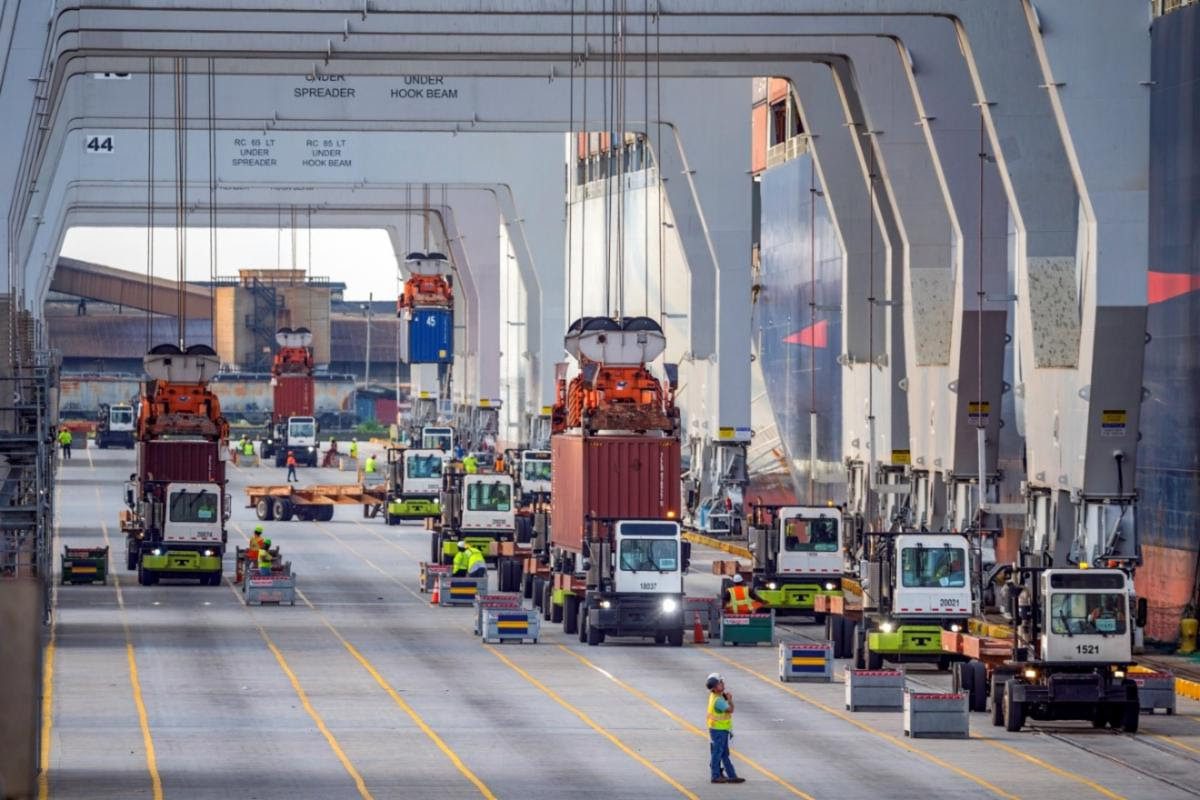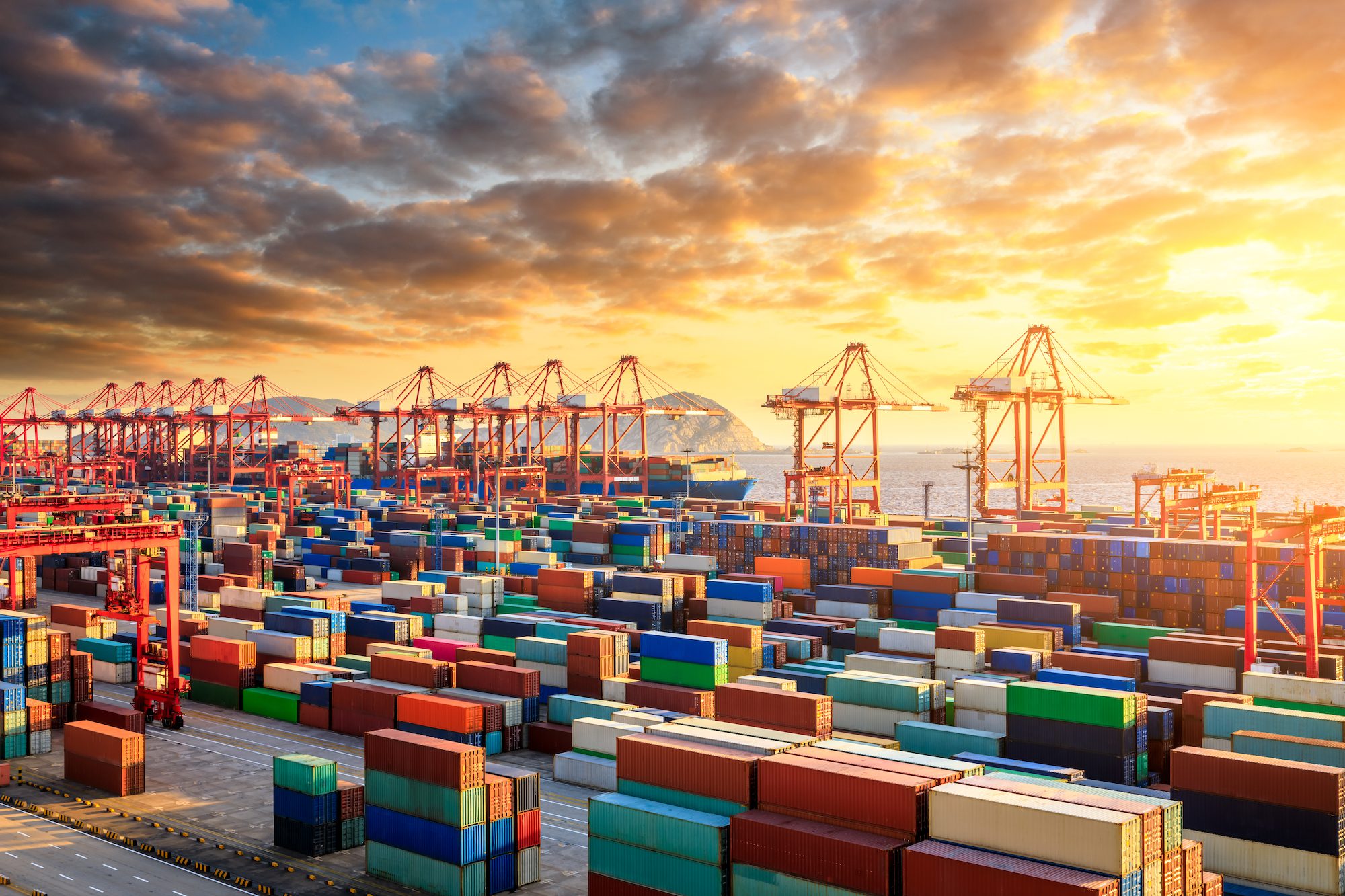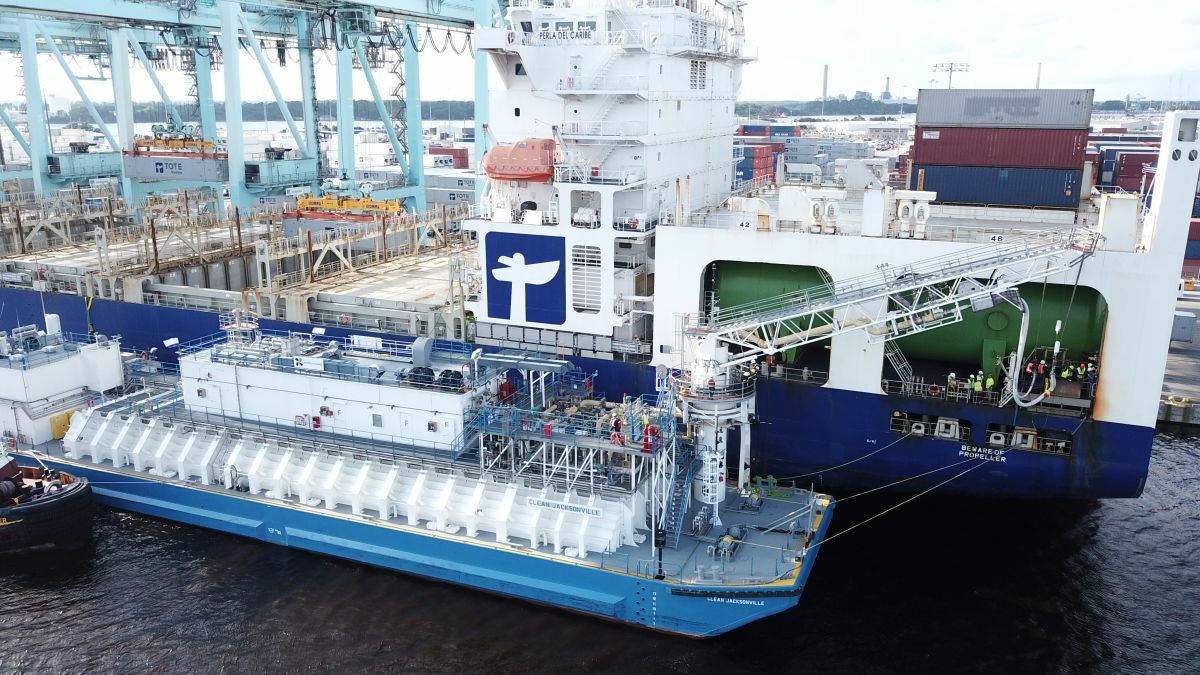The U.S. container shipping industry is facing a critical juncture as a potential labor strike threatens to disrupt operations at East and Gulf Coast ports, coinciding with a significant surge in imports.
Container xChange, a leading container logistics platform, reports that U.S. container cargo imports surged by 12.9% year-over-year in August 2024, with major ports handling nearly 2.5 million TEUs. The National Retail Federation projects this trend to continue, forecasting U.S. container imports at 2.31 million TEUs in September—a 14% year-over-year increase—and 2.08 million TEUs in October, up 1.3% from the previous year.
The International Longshoremen’s Association (ILA), which represents 45,000 dockworkers from Texas to Maine, faces a contract expiration on September 30, 2024. Negotiations with the United States Maritime Alliance Ltd. (USMX) have reached an impasse, increasing the likelihood of strikes that could disrupt nearly half of the nation’s ocean trade.
Christian Roeloffs, co-founder and CEO of Container xChange, warns, “The possibility of strikes in US East Coast and Gulf Coast Port adds uncertainty for container shipping professionals doing business in the US.” He advises companies to “anticipate short-term spikes in demand for leased containers as retailers rush to secure goods ahead of potential disruptions, particularly for seasonal inventory and industrial shipments”.
The potential strikes, set to begin on October 1st, could lead to significant delays and port congestion, impacting equipment turnaround times and increasing demurrage and detention fees. The backlog of cargo could also create equipment shortages and drive up leasing rates.
Maersk has warned that even a brief strike could result in weeks of recovery due to accumulated backlogs.
However, Roeloffs notes that strong U.S. inventories due to earlier order pull-forwards might mitigate some risks. “This stockpile will act as an essential buffer, mitigating the risk of container rates spiking dramatically due to the strikes”.
HSBC Global Research reports that a potential strike could impact over 50% of US imports and 15% of the global fleet. The report warns that imports from Europe and Latin America could be stalled, while diversions of Asian imports could congest the West Coast.
To navigate these challenges, Roeloffs advises traders to “diversify their partner networks, sourcing strategies, and explore alternative ports to mitigate container shortages”.

 Join The Club
Join The Club











